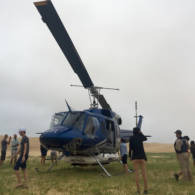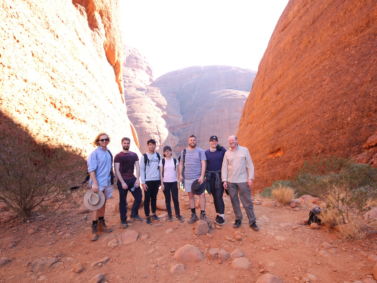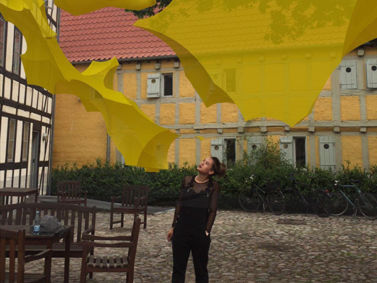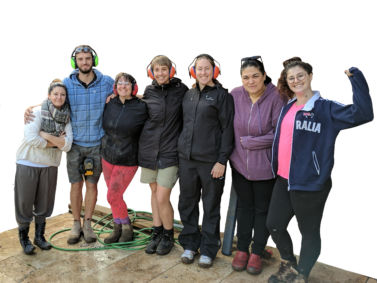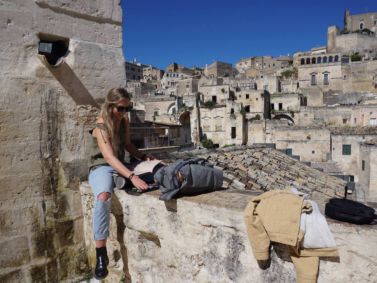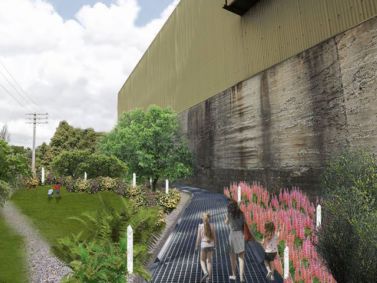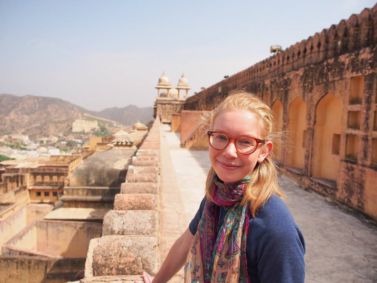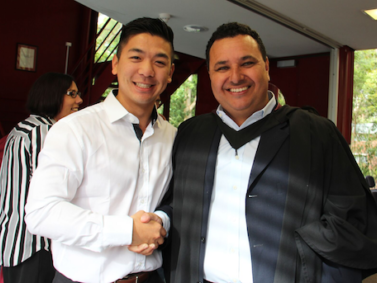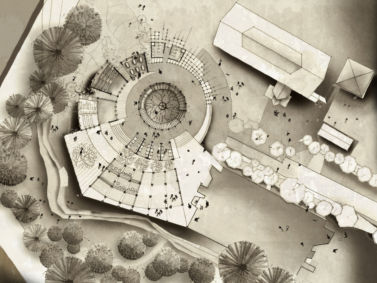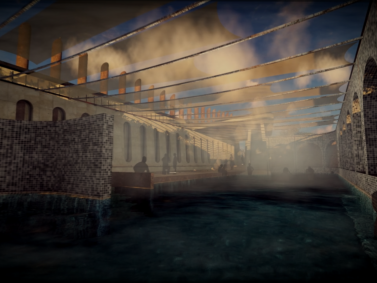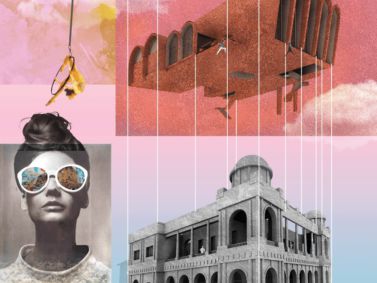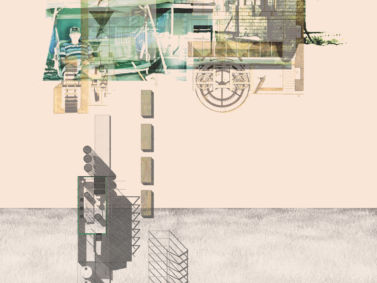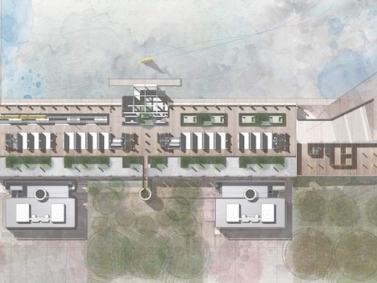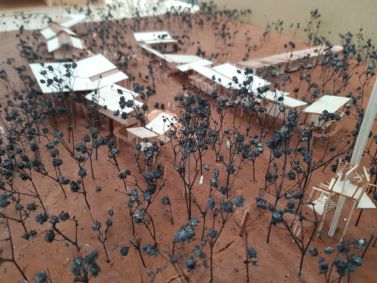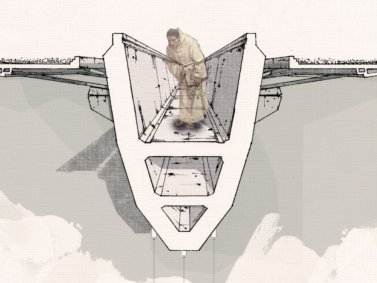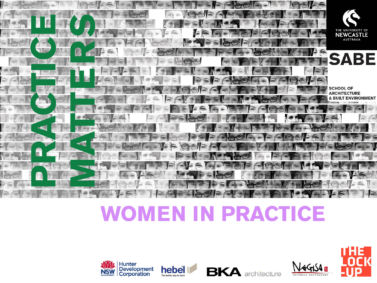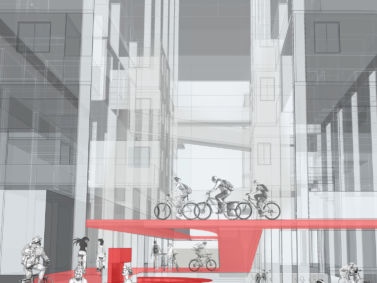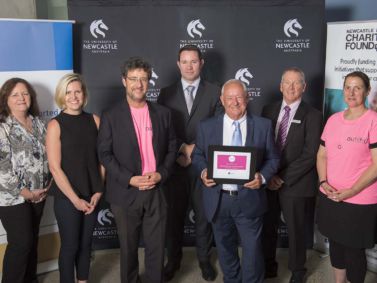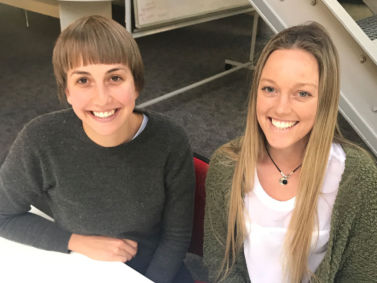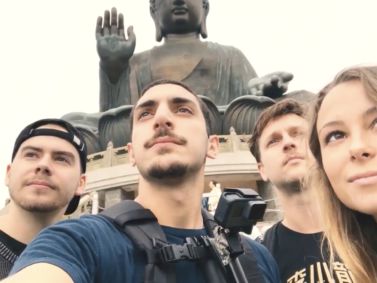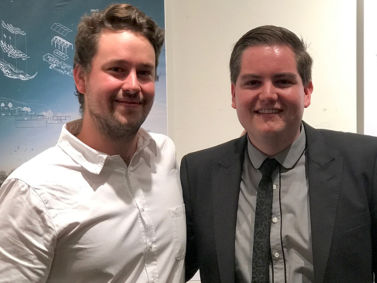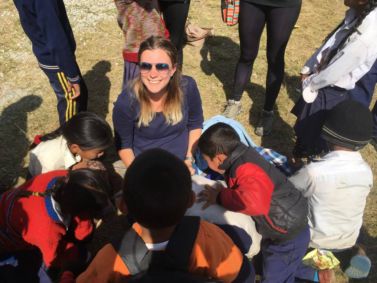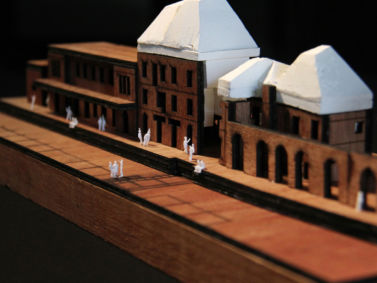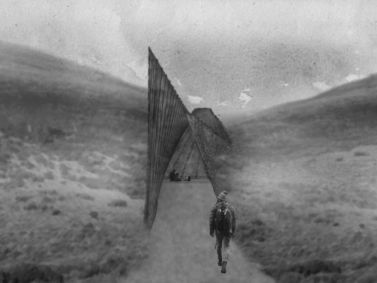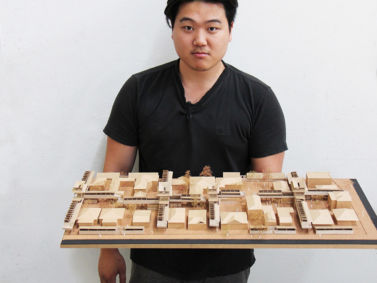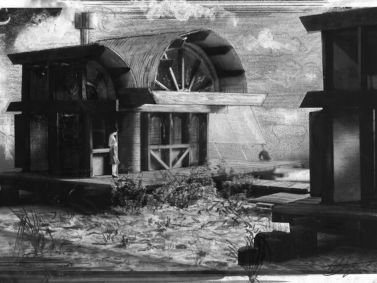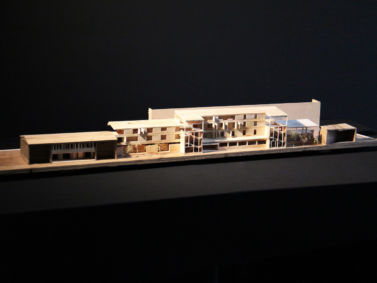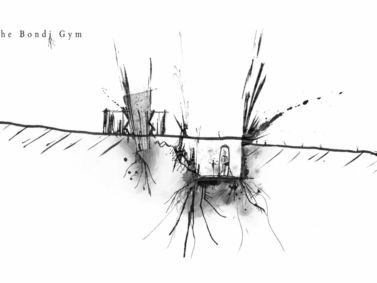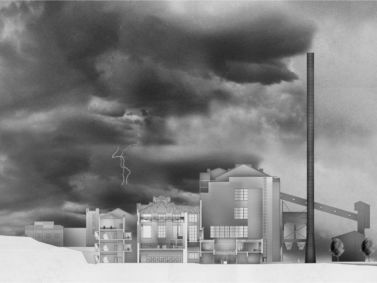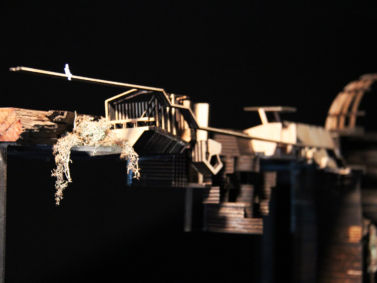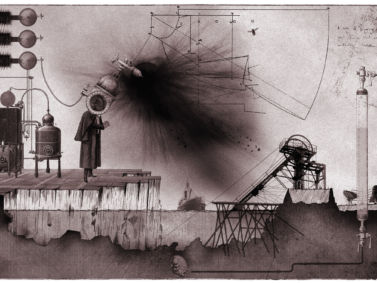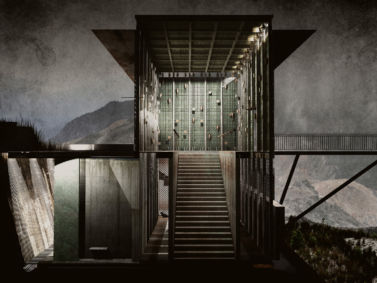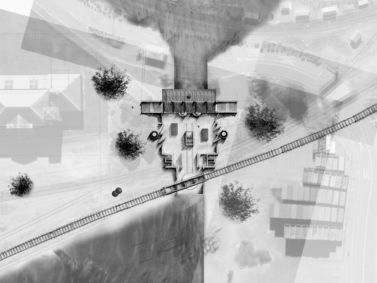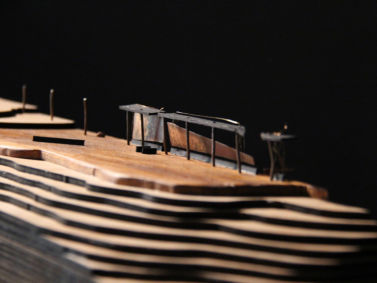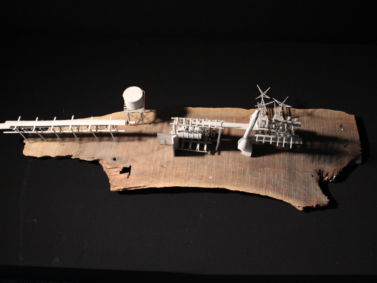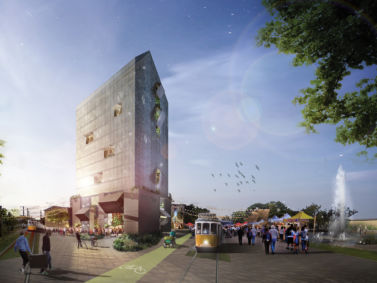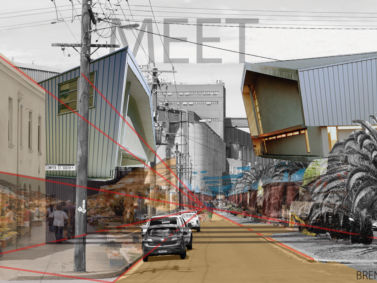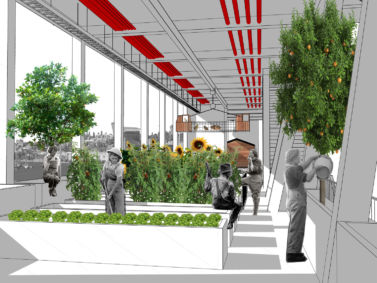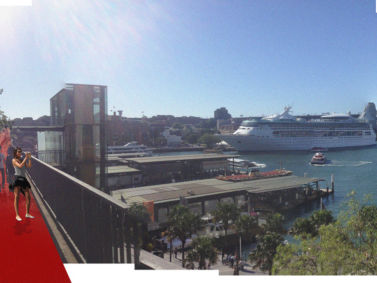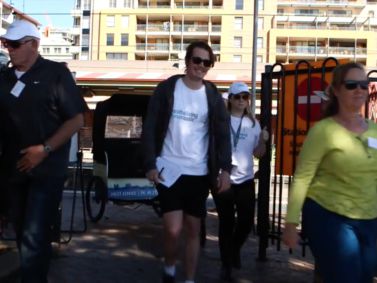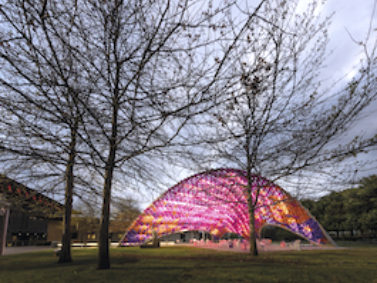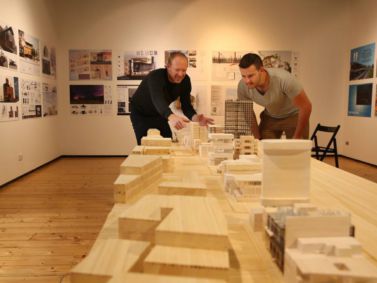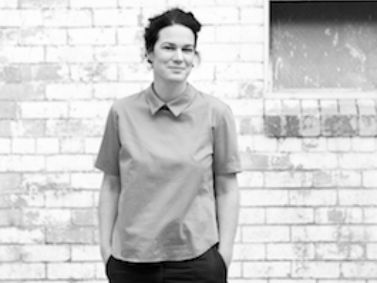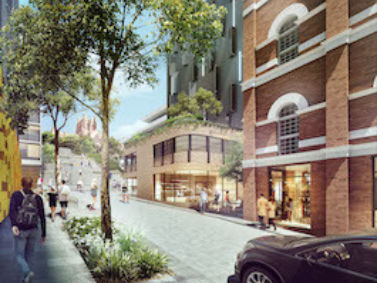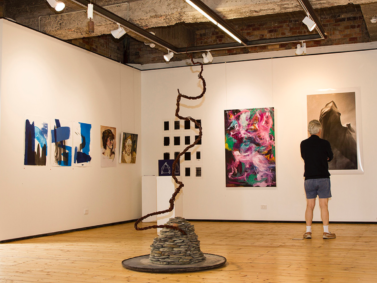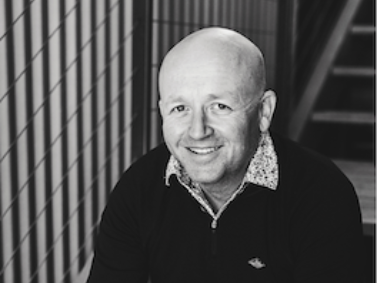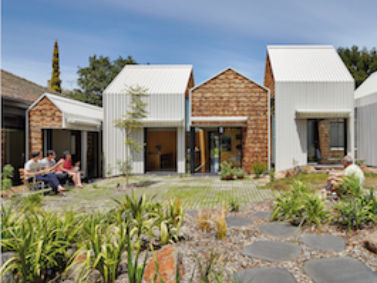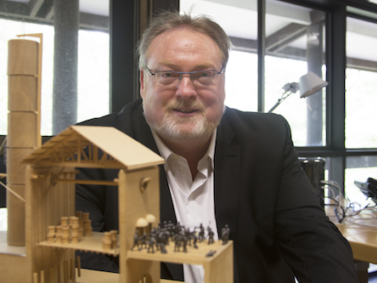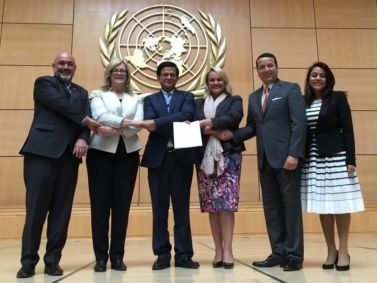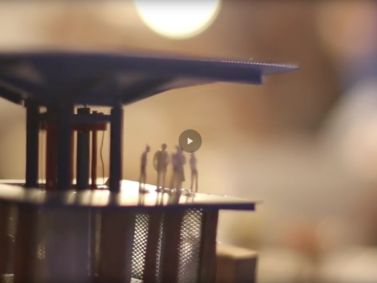Mad Max for real – insights into the mysterious Tin City
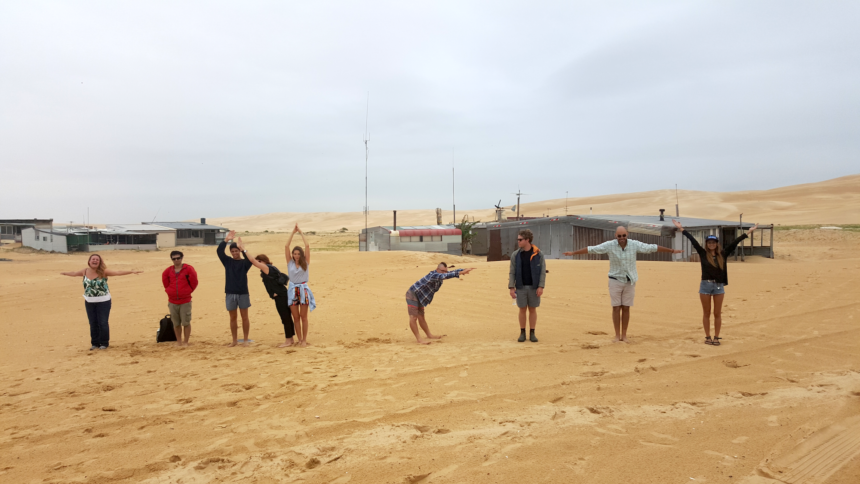
As part of an international architecture collaboration between University of Newcastle, UTS, and the University of Calgary in Canada, a group of 11 students studying architecture and landscape architecture had the chance to explore the Stockton sand dunes and its mythical Tin City.
Tin City is located in the amazing Stockton Bight, the largest continuously mobile sand structure in the Southern hemisphere: also a significant site of indigenous history and occupation by the Worimi people, its traditional custodians. Tin City is an off the grid isolated community living in 11 self-built tin sheds constructed over 100 years at Stockton Dunes on NSW’s mid north coast.
There are no roads to Tin City. Half buried, this squatters’ settlement seems to appear from out of nowhere. Due to its unique qualities, the site is often used as a setting by film crews. There is no power, water, and no sewerage. The huts are governed by a longstanding squatters settlement 100-year lease signed in 1920 and the more recent by-laws established by the Worimi Conservation Lands Board of Management, which administers the area with the National Parks and Wildlife. The arrangement recognises the heritage and tourist value of the huts which can be maintained, but cannot be rebuilt or sold. They simply pass them down to family.
Entering this bizarre world is just one part of an interdisciplinary elective called ‘Inhabiting the Binary’. Currently in progress, over the next two weeks the lecturers, practitioners and students will study experimental site techniques, focussing on themes of nomadic settlement, human experience and non-human or ecological forces.
The inter-uni experiment is led by Dr Cathy Smith, Senior Lecturer in Architecture at the School of Architecture and Built Environment, University of Newcastle. Cathy is joined by co-coordinator Simon Kilbane, Senior Lecturer and Programme Director of Landscape Architecture at UTS; along with Jed Long, a UTS tutor, architect and Co-founder of Cave Urban.
The ‘Tin City’ site visit kicked-off the experience at the start of this week, the group arrived via 4WD along Stockton Beach to a chance meeting of one of the long-term residents, former iron worker Alwyn Garland. Students got the rare opportunity to discuss the experience of living in this post-apocalyptic looking community since the late 1970s in a handmade shack. He showed the group the principle of getting fresh water by digging down through the sand into the aquifer. Described by Dr Cathy Smith as “the most incredible site and studio focus location”, she and the group were fascinated by this curious ancient landscape, its rich indigenous history and little-known squatter community.
The day concluded with a presentation by Professor John Maynard of Wollotuka Institute at the University of Newcastle. Wollotuka is an all-Indigenous staffed unit committed to the advancement and leadership of Indigenous education at a local, national and global level. Professor Maynard is a Worimi Aboriginal man from the Port Stephens region of New South Wales and a Professor of Indigenous History and Research. He gave the group an amazing understanding of the rich indigenous history of the region. Architecture student Michael Allanson (UON) was “blown away by the dreamtime stories and their relationship to geological understandings of the site”.
For Master of Architecture student Caila Anderson (University of Calgary, Canada), the elective presented a unique opportunity: “One of the best ways of understanding a place is through working with local people”.
Landscape architecture student Ben Hardy-Clements (UTS) believes that: “the only way to address the complexities found in our environment is to merge the disciplines and develop new ways of collaborative thinking” – as the staff and students are doing in this elective.
After finishing the week with a deep-dive into the region’s fascinating history, maps and cultural artefacts at the Newcastle library archives with Dr Ann Hardy and Gionni Di Gravio, the collaborating students delivered mixed-media and audio-visual responses to their site study and the elective wrapped up with critiques and an exhibition on 16 December at the old David Jones building in the Newcastle CBD.
Student work was displayed in these repurposed shopfront windows (currently curated by the out(fit) collective) for the greater community to admire and appreciate.



